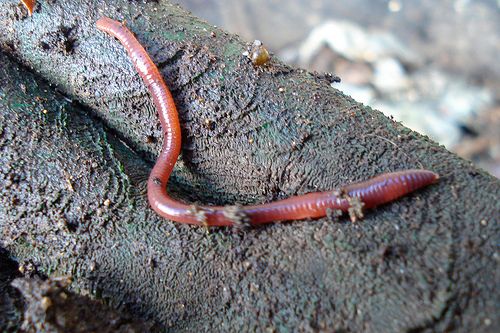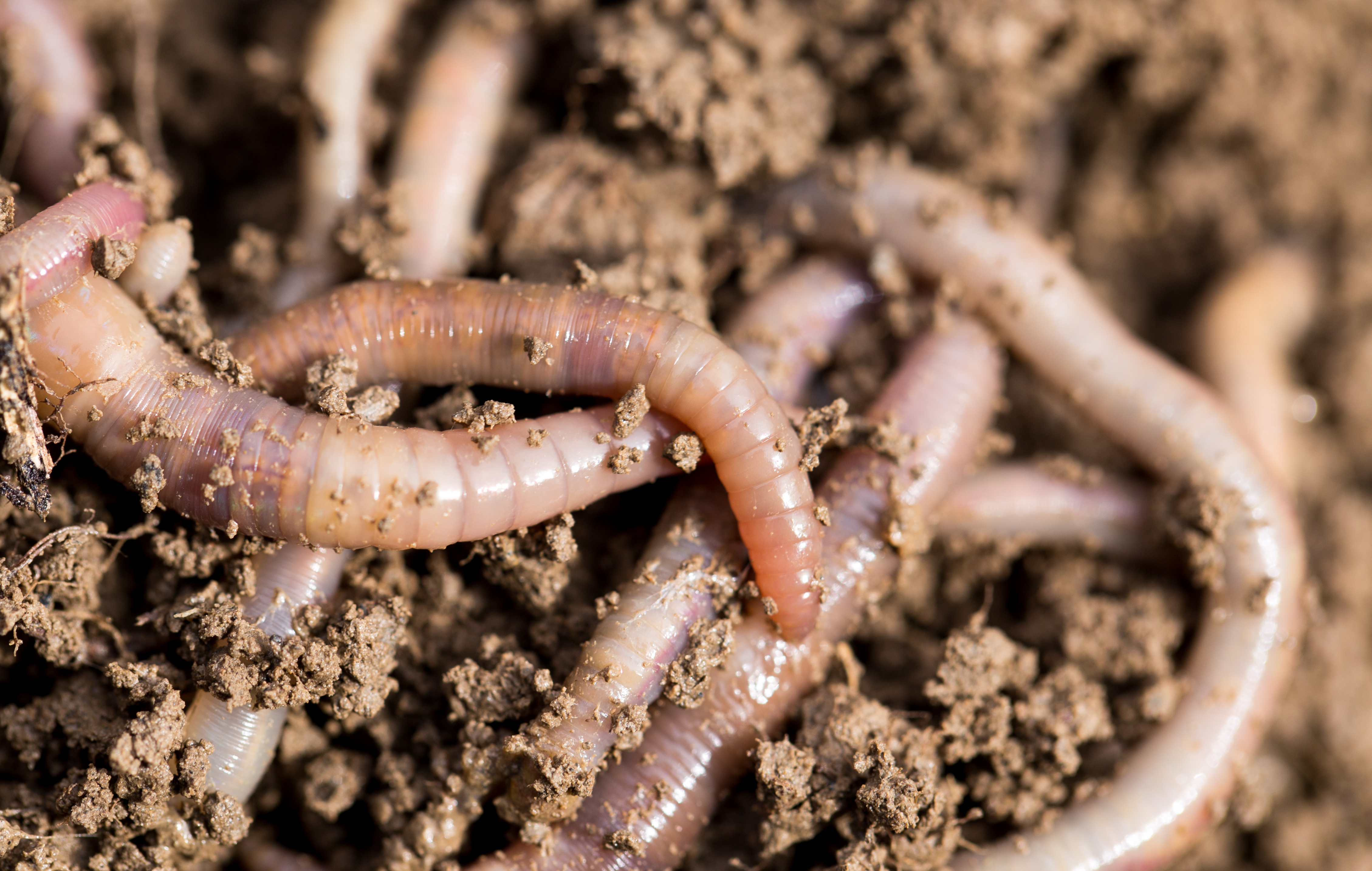Organic Composting with Red Wiggler Worms - Increase Your Garden's Development
Organic Composting with Red Wiggler Worms - Increase Your Garden's Development
Blog Article
Taking Full Advantage Of the Advantages of Red Wiggler Worms: A Comprehensive Guidebook for Home Gardeners and Urban Farmers
In the realm of sustainable horticulture practices, red wiggler worms stand as unrecognized heroes, silently changing organic waste right into nutrient-rich spreadings that can work wonders for soil health. As home gardeners and metropolitan farmers significantly look for eco-friendly and cost-effective ways to boost their gardens, the possible benefits of using the power of red wigglers can not be overstated. From decreasing cooking area waste to growing much healthier plants, the use of these humble animals uses a myriad of advantages. By exploring the intricacies of how to properly look after and maximize the advantages of red wiggler worms, individuals can unlock a wealth of opportunities for enhancing the sustainability and efficiency of their gardening endeavors.
Comprehending Red Wiggler Worms
Red Wiggler worms, renowned for their effective composting abilities, are a varieties of earthworms widely used in vermiculture methods. These worms, scientifically understood as Eisenia fetida, grow in decaying natural material, making them suitable prospects for composting (Red Wiggler Worms). Red Wigglers are ravenous eaters, qualified of eating their own weight in organic waste daily. Their digestive process breaks down raw material right into nutrient-rich castings, which are a useful resource for improving soil and promoting plant growth.
One secret feature of Red Wiggler worms is their reproductive price. These hermaphroditic creatures have both female and male reproductive body organs, permitting them to duplicate swiftly under favorable conditions. A mature Red Wiggler can generate several spawn in a brief duration, ensuring a consistent populace within a composting system.

Establishing a Worm Container
When establishing a worm bin for vermiculture objectives, appropriate prep work and interest to detail are crucial for creating a helpful environment for Red Wiggler worms. Begin by selecting a suitable container for your worm container.

Place the worm bin in a great, dark location away from straight sunlight and severe temperatures. By following these steps, you can establish up a flourishing worm bin that will efficiently refine natural waste into nutrient-rich vermicompost for your yard.
Feeding and Maintaining Worms
Ensuring a balanced and healthy diet is important for the health and productivity of Red Wiggler worms in a vermiculture system. Red Wigglers are ravenous eaters, with the ability of consuming their own body weight in raw material daily. To keep a growing worm population, it is important to give them with a variety of food scraps such as fruit and vegetable peels, coffee premises, tea bags, and smashed eggshells. Nevertheless, it is very important to prevent feeding them citrus fruits, onions, garlic, dairy items, meat, and oily foods as these can be dangerous to the worms or cause unpleasant smells in the bin.
Proper dampness degrees are also essential for the wellness of Red Wiggler worms. The bedding should really feel like a moist sponge, giving enough moisture for the worms to take a breath via their skin. Frequently check the dampness levels and readjust by including water or dry bed linens product as needed. Furthermore, maintaining appropriate temperature level problems in between 55-77 ° F(13-25 ° C )will certainly ensure ideal worm visit this site task and recreation. By vigilantly monitoring their diet, wetness, and ecological conditions, home garden enthusiasts and city farmers can sustain a healthy and productive Red Wiggler worm populace for composting objectives.
Collecting Worm Spreadings
To effectively remove nutrient-rich worm castings from the vermicompost, an organized harvesting procedure is crucial for taking full advantage of the composting benefits. Red Wiggler Worms. The initial step in harvesting worm spreadings is to encourage the worms to move to one side of the bin. This can be achieved by putting fresh food scraps on one side and leaving the opposite undisturbed for a couple of days. Once most of worms have relocated to the side with fresh food, the castings can be gathered from the contrary side.
After the spreadings have been harvested, it is essential to divide any continuing to be worms from the castings to avoid hurting them during storage or application. One effective approach is to produce conical heaps of spreadings under brilliant light. Worms will instinctively relocate away from the light, enabling easy separation and removal.
Last but not least, the collected worm spreadings must be stored in an awesome, dark, and completely dry area to maintain their top quality and performance as a nutrient-rich soil change. By adhering to these steps, home garden enthusiasts and urban farmers can make the most of the advantages of red wiggler worms in their vermicomposting systems.
Making Use Of Worm Castings in Gardening
The incorporation of nutrient-rich worm castings right into garden soil can substantially enhance plant development and total dirt health. Worm castings, also referred to as vermicast, are a natural plant food produced by red wiggler worms as they damage down natural issue. These spreadings are rich in important nutrients like nitrogen, phosphorus, potassium, and useful germs that advertise plant development and boost soil structure.
When making use of worm castings in gardening, it is vital to mix them extensively right into the soil or utilize them as a leading dressing around plants. The slow-release nature of worm castings guarantees a consistent supply of nutrients to discover here plants gradually, minimizing the threat of nutrient leaching and promoting long-term soil fertility. Furthermore, worm castings help boost dirt aeration, water retention, and microbial activity, developing a healthy environment for plant roots to grow.

Verdict
In verdict, the usage of red wiggler worms in home gardening and urban farming can dramatically benefit dirt wellness and plant growth. By recognizing just how to establish and keep a worm bin, feed the worms effectively, and gather their nutrient-rich spreadings, gardeners can maximize the advantages of these earthworms. Incorporating worm spreadings into horticulture techniques can enhance dirt fertility and total plant performance. In general, red wiggler worms supply a effective and lasting option for improving yard and farm returns.
In the world of lasting horticulture techniques, red wiggler worms stand as unsung heroes, silently transforming organic waste into nutrient-rich castings that can work marvels for soil health.When establishing a worm container for vermiculture purposes, correct prep work and attention to information are vital for creating a helpful setting for Red Wiggler worms. The first step in gathering worm spreadings is to encourage the worms to move to one side of the container. Worm castings, likewise known as vermicast, are a natural fertilizer produced by red wiggler worms as they damage down organic matter. By understanding exactly how to set up and keep a worm bin, feed the worms appropriately, and harvest their nutrient-rich spreadings, gardeners can maximize the advantages of these earthworms.
Report this page